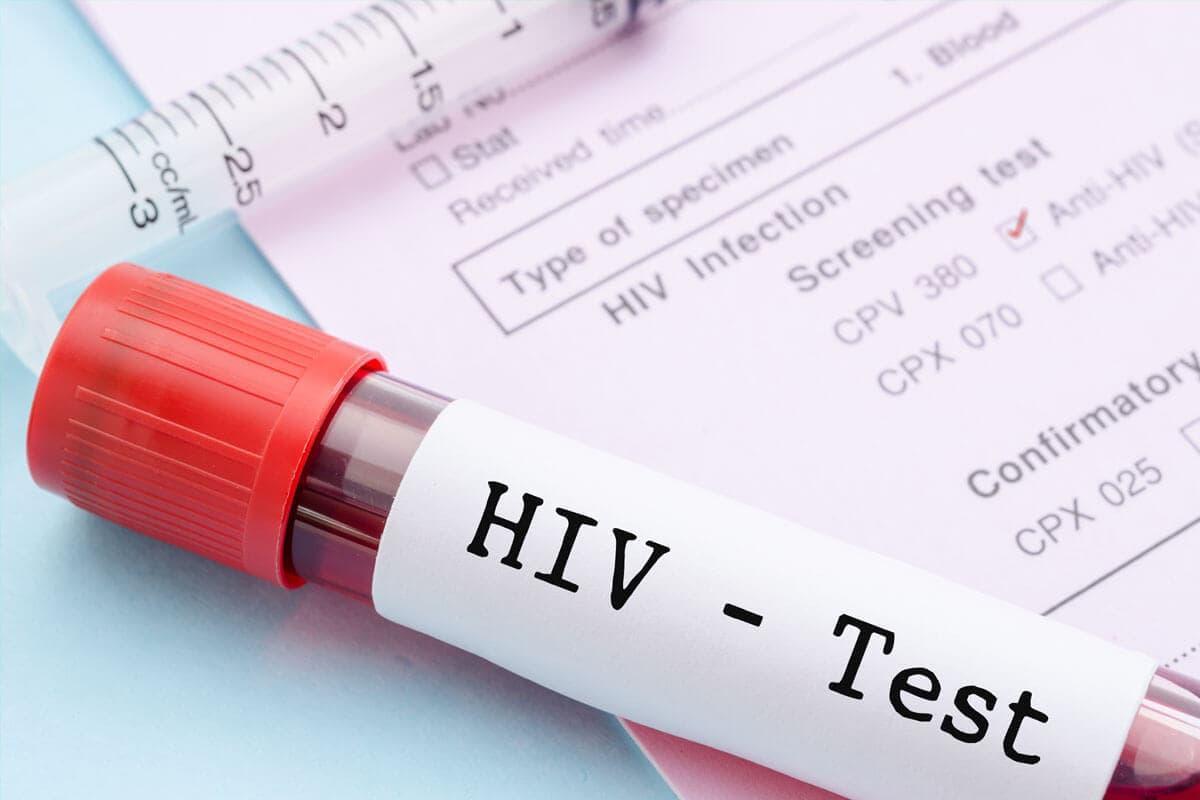Africa-Press – Eswatini. As countries work to reach the goal of ending AIDS as a public health threat by 2030, planning is urgently needed for sustaining the gains from the HIV response beyond 2030.
With that in mind, UNAIDS has released the ‘HIV Response Sustainability Primer’ (unaids.org) which proposes a new approach to ensure the sustainability of the HIV response.
This holistic approach includes programmatic, political, policy-related and financial aspects of the HIV response. The new Primer provides the rationale, the definitions, and an in-depth explanation of this new sustainability approach.
“The moment is right, the imperative is now, the global HIV community must come together to dialogue about what is needed to sustain the HIV response by and beyond 2030,” says Jaime Atienza, Director of Equitable Financing at UNAIDS.
“We are calling on leaders to initiate national conversations about the future state of a sustained HIV response, and the transformations needed to achieve and sustain impact, by and beyond 2030, including looking at the policy changes, donor commitment and investments needed to translate them into results and concrete changes at country level.”
The goal of sustainability is not to perpetuate the HIV response in its current form. Rather, it is to ensure the durability of the impact of the HIV response. This will require a shift in focus to long-term sustainability. Transformative action, starting now, will be needed to make this a reality by and beyond 2030.
Modalities
For instance, the strategies and delivery modalities required for scaling up prevention and treatment services and to ensure a stable enabling environment to reach the 2030 target will differ from those that will be needed for long-term sustainability.
Leveraging societal enablers will be especially critical for sustainability, including minimiSing HIV vulnerability and ensuring access to services in future decades.
Rather than build incrementally on what is already in place, sustainability will demand transformations in human rights based, people-centred policies, programmes and systems.
Sustainability will require different measures and approaches in diverse settings, highlighting the importance of tailoring planning and implementation for specific contexts. Therefore, this Primer outlines a new approach to planning for and implementing sustainable national HIV responses—to reach global AIDS targets and maintain the gains of the HIV response beyond 2030.
HIV Response Sustainability Roadmaps
Through country- driven and owned processes that leverage specific data, countries will develop HIV Response Sustainability Roadmaps, which will chart the pathways for country level strategies and actions to achieve and sustain impact, leaving no one behind.
The stages and ways of developing these Roadmaps are also contained in the “HIV Response Sustainability Primer”.
The Sustainability Roadmap will be distinct from, yet complimentary to, National Strategic Planning exercises (NSPs). Each country’s Roadmap should be a living document, allowing for the continual reassessment and evolution of HIV interventions, programmes and policies as contexts and circumstances change.
As a key transformation required for long term sustainability, countries are advised to prioritise the careful and effective integration of the HIV response in national systems, with appropriate attention to reforms or modifications required for key and vulnerable populations.
This transformation will increase efficiency, promote equity, maximize resource utilisation and contribute to the dual goal of achieving and sustaining HIV epidemic control and strengthening human rights based, people-centred systems for health.
The process for developing the HIV Response Sustainability Roadmaps is aligned with the principles, goals and targets set out in the Global AIDS Strategy 2021–2026 and in the 2021 Political Declaration on Ending AIDS. International partners will support country driven processes through the provision of technical support, including a series of resources described in this Primer.
The proposed new approach to sustainability outlined in this newly released Primer will require all participants, including international actors, to be ready to undergo transformations on the way they have been carrying forward the response to better prepare for the post -2030 world.
Long term sustainability will require a dynamic HIV response that achieves the following:
n Predicts, prevents, detects and responds to new HIV infections.
n Sustains viral load suppression, by achieving 95–95–95 targets and population level viral suppression among people living with HIV, of more than 86 per cent among all age groups and genders, as well as key populations.
n Achieves the 10–10–10 targets, by ending or reducing inequities that drive the HIV epidemic.
In place of the usual effort of national strategic planning to build on what is already in place, the process for developing the Sustainability Roadmap will encourage countries to identify the transformations needed to sustain HIV related gains beyond 2030.
These adaptations and transformations are expected to have broader positive implications beyond HIV, in protecting against other public health threats, strengthening national systems and institutions for health and equity, maintaining or improving an enabling environment, and resourcing broader health and social development objectives.
Each country’s roadmap will be a living document, allowing for the continual reassessment and evolution of HIV interventions, programmes and policies as contexts and circumstances change.
The specific transformations in HIV responses, systems for health and societal enablers will differ from country to country (and, in some cases, within countries).
As a key transformation required for long term sustainability, countries are advised to prioritise the careful and effective integration of the HIV response in national systems, with appropriate attention to reforms or modifications required for key and vulnerable populations.
Transformation
This transformation will increase efficiency, promote equity, maximize resource utilisation and contribute to the dual goal of achieving and sustaining HIV epidemic control and strengthening human rights based, people centred systems for health.
The process for developing the HIV Response Sustainability Roadmap is aligned with the principles, goals and targets set out in the Global AIDS Strategy 2021–2026 and in the 2021 Political Declaration on Ending AIDS.
International partners will support country driven processes through the provision of technical support, including a series of resources described in this Primer.
In addition to accelerating and sustaining progress in achieving global AIDS targets, the creative deliberation that these ongoing national processes will encourage will also help drive global, regional and country dialogues regarding the next global AIDS strategy, including the specific transformations in the HIV response that will be required beyond 2030.
For More News And Analysis About Eswatini Follow Africa-Press







